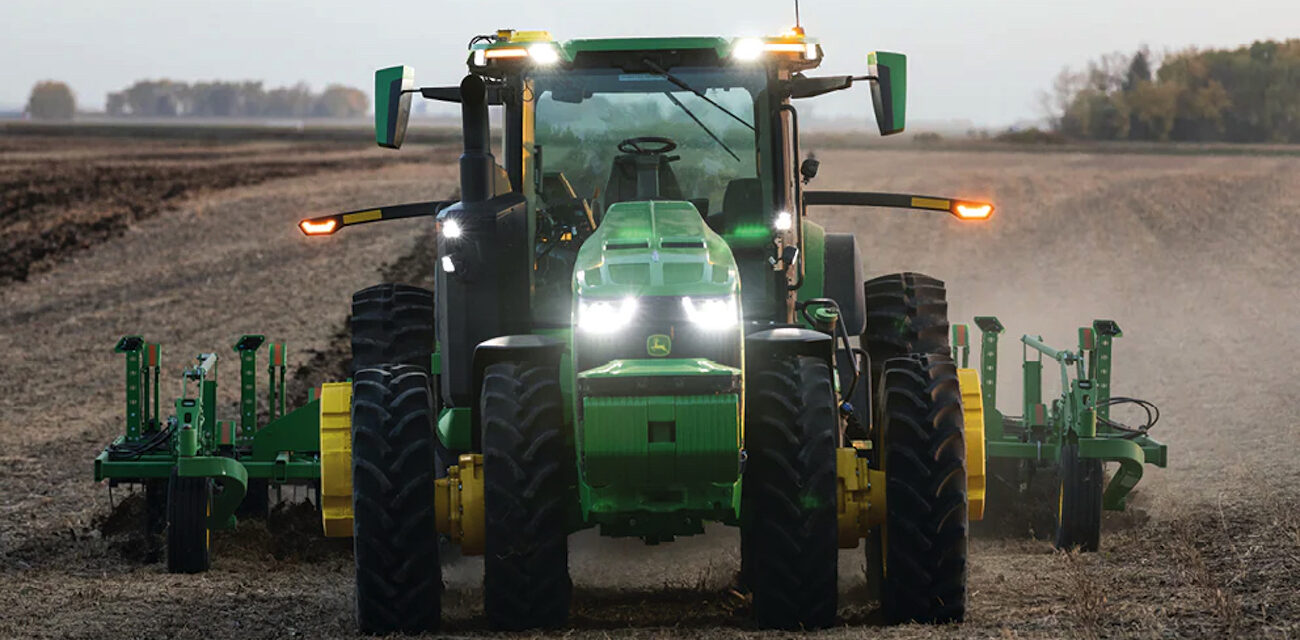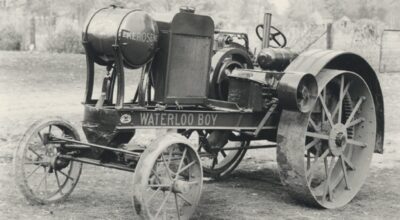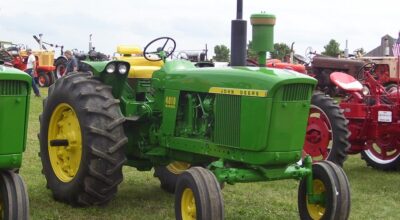In its continuous effort to boost efficiency and productivity for its customers, John Deere has announced the development of a new autonomous tractor. This machine, which will be available to customers later in 2022, is based on Deere’s 8R tractor, incorporating a TruSet-enabled chisel plow, GPS guidance system, and new advanced technologies.
For farmers to meet the food demands of a growing population and overcome challenges such as changing weather and less available land, they will need advanced equipment to help them work as efficiently as possible. John Deere’s autonomous tractor promises to do that, and more, for agricultural producers.
What is an Autonomous Tractor?
An autonomous tractor provides the latest technology to help farmers dedicate more time to analyzing real-time data. External factors, such as labor shortages, are directly impacting agricultural producers. Today, there is more that needs to get done within a brief window of time, and the crunch is only expected to become more severe in the coming years.
To help the agricultural industry, John Deere’s autonomous tractor will relieve some of the pressure producers face on a daily basis. Driverless tractors can help them overcome obstacles with precision technology. Farmers will be able to place seeds, spread nutrients, and harvest their crops without having to touch the steering wheel.
Introducing the John Deere Autonomous Tractor
The John Deere Autonomous Tractor has been in development for years, and production is expected to begin later in 2022 to finally make the concept a reality. Perhaps the most striking feature of the tractor is that farmers will be able to control the machine from a phone app or computer. The tractor will have the capability to position itself, drive the length of the field, and maneuver around potential obstacles while out in the field. Furthermore, it will know when it’s time to return to refuel, giving producers one less thing to worry about while managing their operations.
The autonomous tractor has been built on 20 years of technology. It is designed to collect data about soil on every pass of tillage, which ultimately creates a digital footprint of the farm at hand. Farmers will have access to the data via smartphone, and it will be encrypted for privacy. With this information, agricultural producers will be able to make adjustments on the fly to increase sustainability.
“This precise location-sensing technology (already) enables farmers to place seeds, spread nutrients, and harvest their crops without having to touch the steering wheel,” said Jahmy Hindman, chief technology officer at John Deere. “Without this self-driving technology, farming is incredibly exhausting mentally and physically. GPS technology allows farmers to spend their time in the cab of a tractor looking at the real-time data they are collecting during the job they are doing and making adjustments.”
The John Deere Autonomous Tractor includes an autonomy kit with six pairs of stereo cameras. This gives operators a full view around the tractor at all times. Combined with machine vision algorithms, the tractor will be able to move and navigate around terrain seamlessly. On a full tank, the tractor will be able to work for up to eight hours at a time.
During in-field testing, the John Deere Autonomous Tractor was able to collect more than 50 million images over the course of three years, highlighting its data collection capabilities. It’s this feature that will allow the machine to detect obstacles while working to make adjustments as needed.
It is believed that the autonomous tractor will be able to prepare more than 325 acres of soil in a period of 24 hours. Depending on the crop being grown, farmers will be able to be at least two times more productive while managing their fields. More information on the upcoming autonomous tractor can be found on John Deere’s microsite: www.JohnDeere.com/CES.
If you enjoyed this post or want to read others, feel free to connect with us on Facebook, Pinterest, Twitter, or Instagram!



